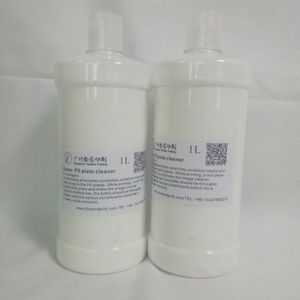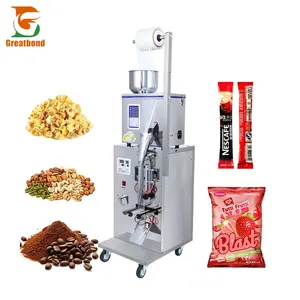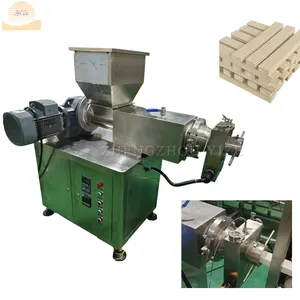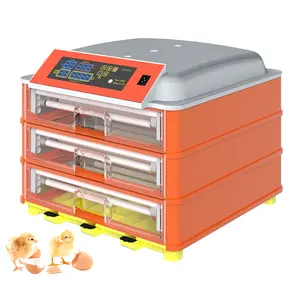Popular in your industry













































































































































































































Top categories
About uv spot curing
Ultraviolet (UV) spot curing is a technique used in various industries to cure or bond materials using UV light. This process involves the precise application of UV light to a specific area, leading to rapid curing or adhesion of UV-sensitive materials. The spot curing process is commonly used in the medical, electronics, and optical industries to create strong bonds, coatings, or seals in a matter of seconds. By focusing UV light on a well-defined spot, it allows for localized curing, making it ideal for applications where a large area does not need to be treated.
Applications of UV Spot Curing
UV spot curing finds applications across several industries. In electronics, it is used for bonding components, sealing displays, and encapsulating delicate parts. The medical field utilizes it for assembling medical devices, bonding catheters, and sealing optics. In the optical industry, UV spot curing is essential for lens bonding, fiber optic termination, and creating optical filters. Automotive and aerospace sectors use it for bonding sensors, sealing electronic components, and assembling intricate parts. Moreover, UV spot curing is crucial in the manufacturing of semiconductor devices, where it helps in sealing and encapsulating sensitive electronic elements.
Components of UV Spot Curing Systems
A typical UV spot curing system comprises several key components. The source of ultraviolet light is a crucial element in the system. This source might be a UV LED, a UV lamp, or a laser, depending on the specific application. A light guide or optical fiber is used to deliver and focus the UV light to the desired curing spot accurately. The system also includes a power supply to control and regulate the intensity and duration of the UV light. Additionally, a control unit or interface allows the operator to set and monitor curing parameters. Some advanced systems may have integrated cooling mechanisms to manage heat generated during the curing process. Proper shielding and safety features are integrated into these systems to prevent exposure to harmful UV radiation.
Advantages of UV Spot Curing
UV spot curing offers several advantages, making it a preferred choice in various industries. One of its primary benefits is rapid curing, as the bond or coating can be achieved within seconds, leading to increased productivity. The process is also energy-efficient, as the curing only occurs when the UV light is applied, resulting in lower energy consumption. UV spot curing is a clean and environmentally friendly process since it does not involve the use of solvents or generate harmful by-products. It provides a precise and controlled bonding method, allowing for localized curing and reducing the risk of damage to adjacent components. Furthermore, the ability to cure heat-sensitive materials at lower temperatures without the need for mixing components makes UV spot curing versatile and cost-effective.


















































